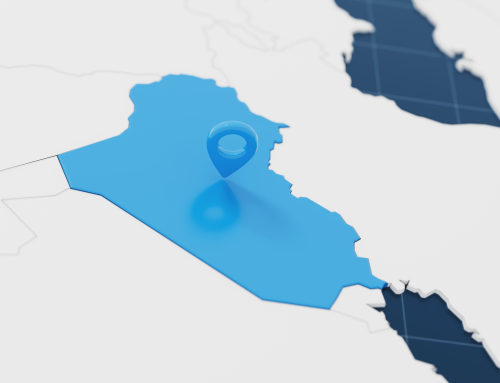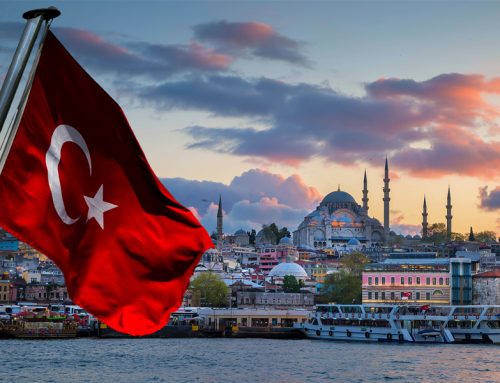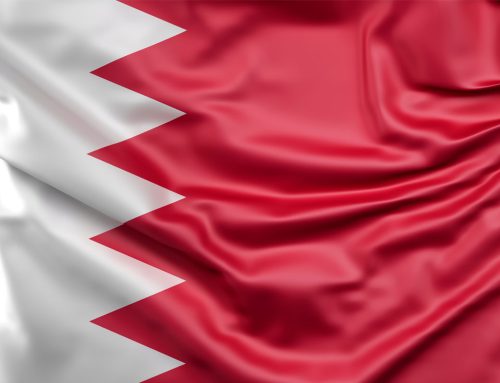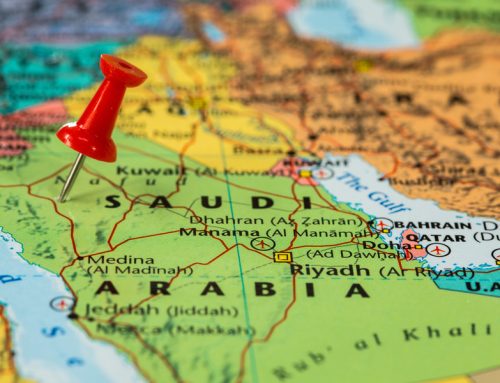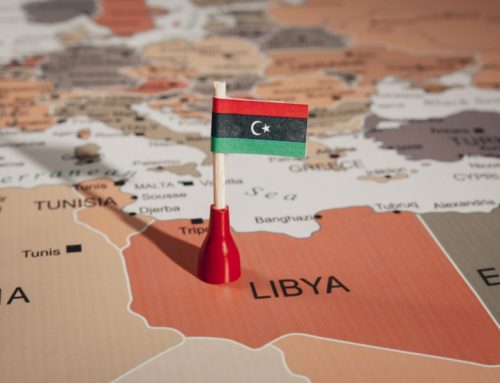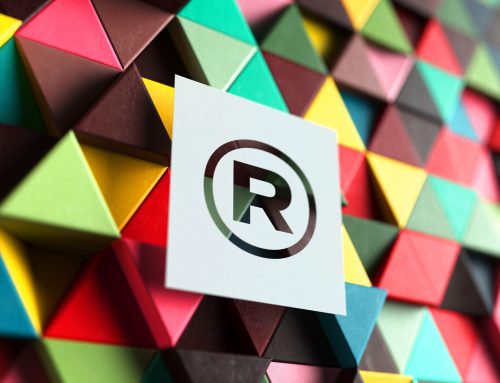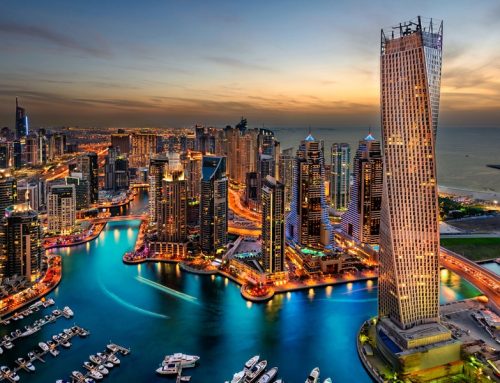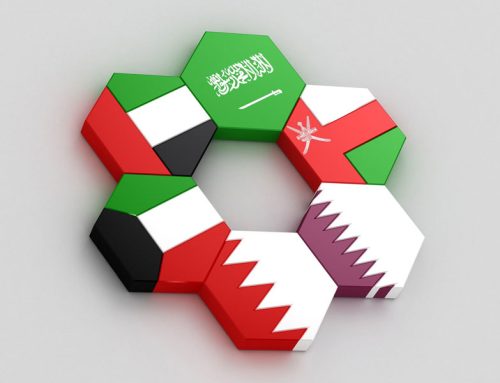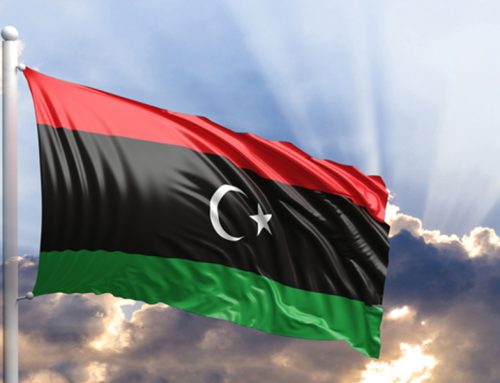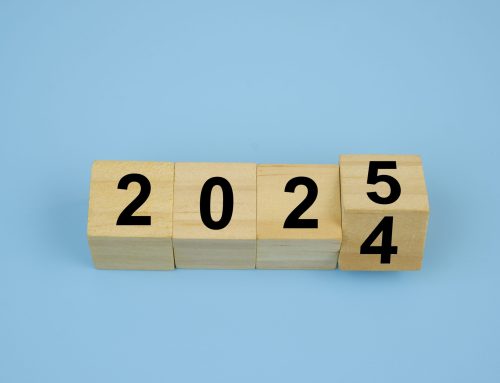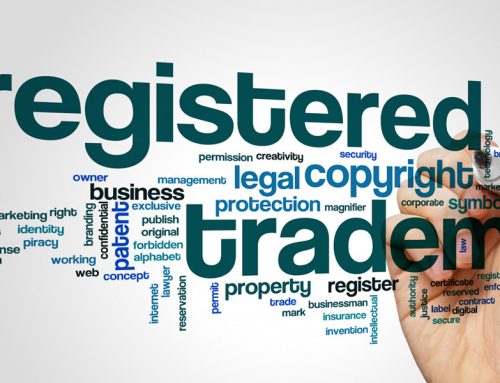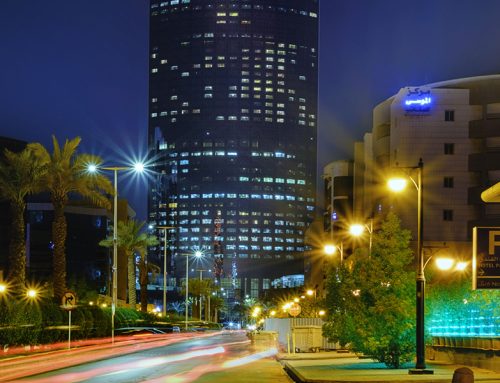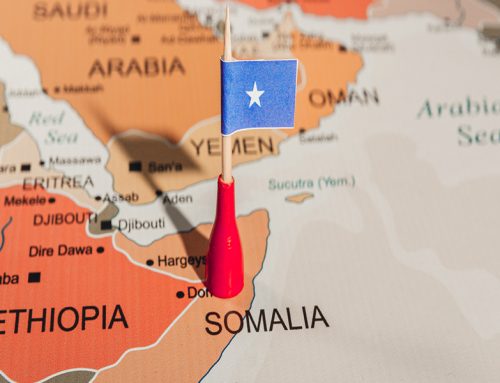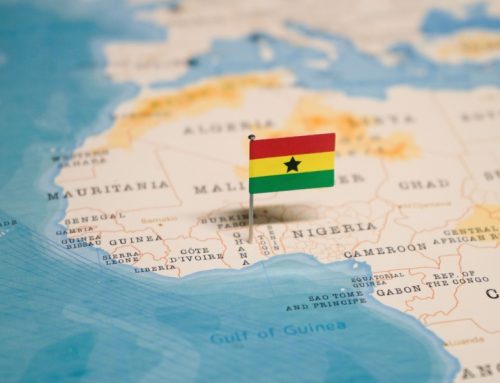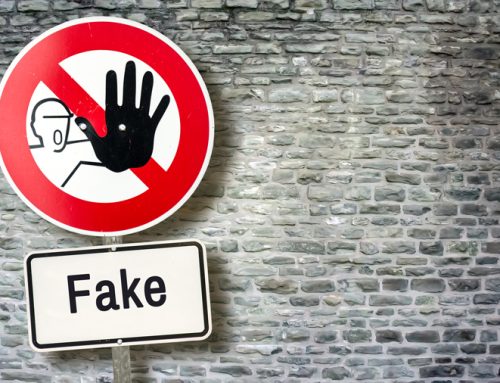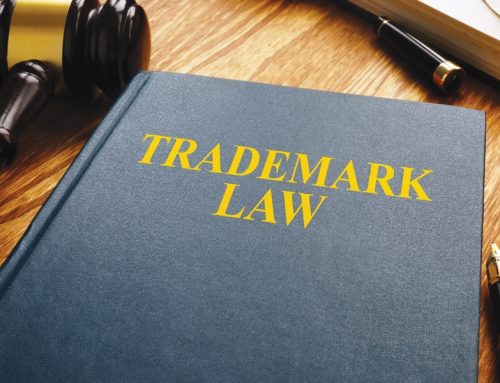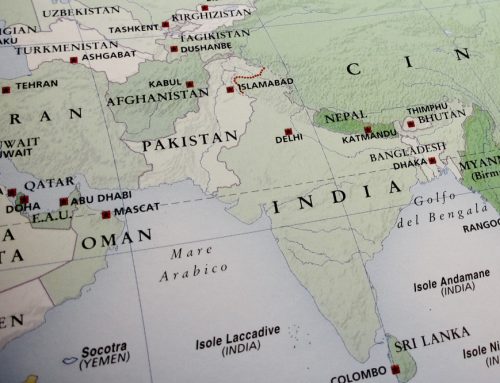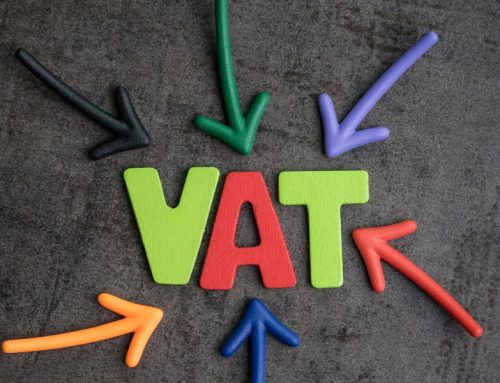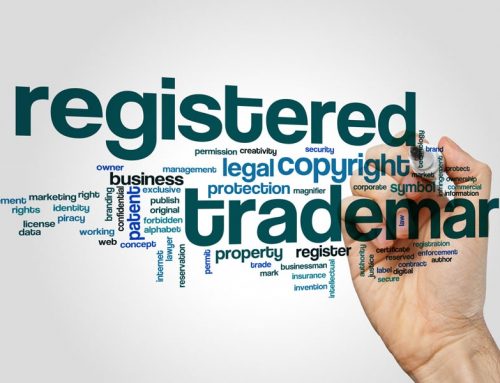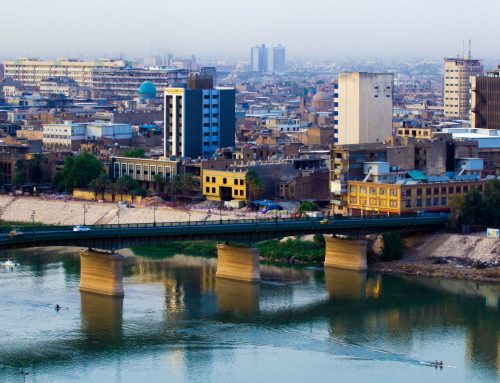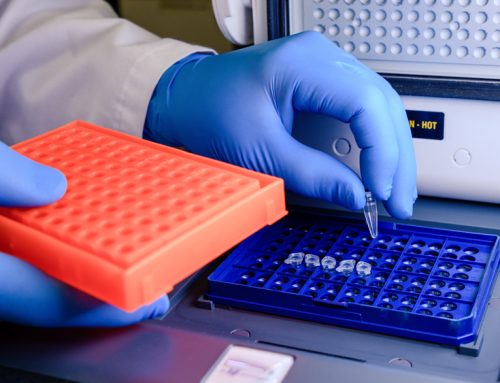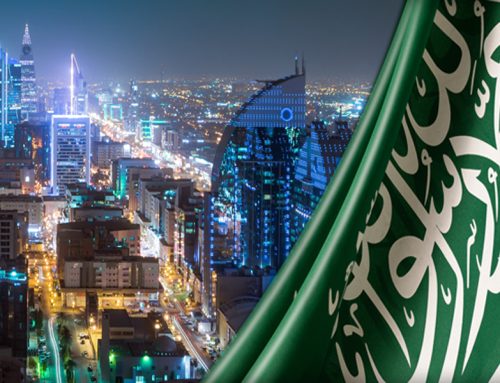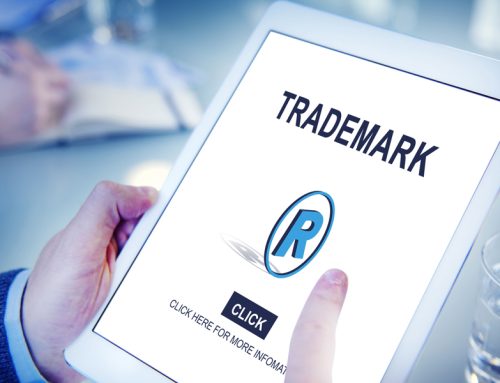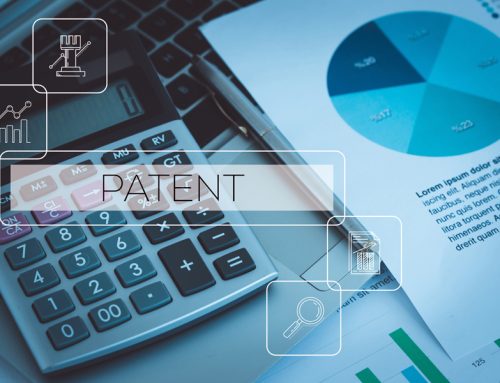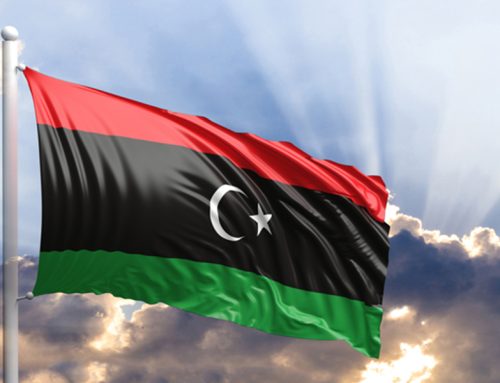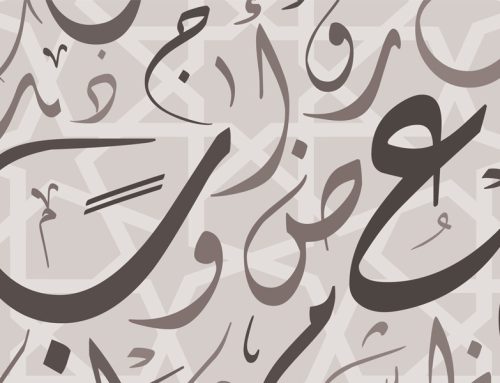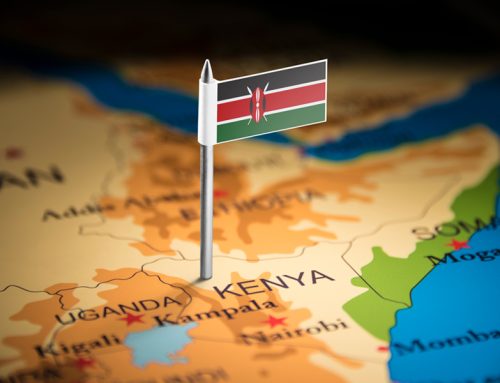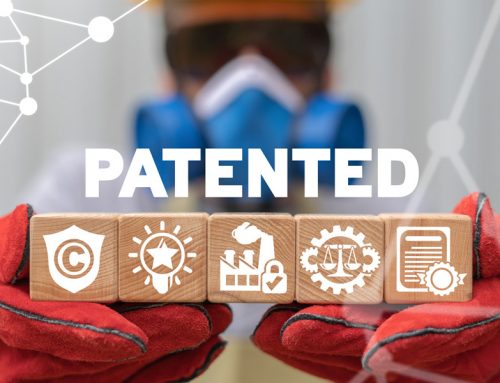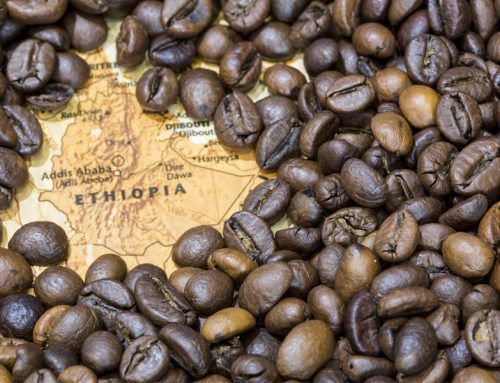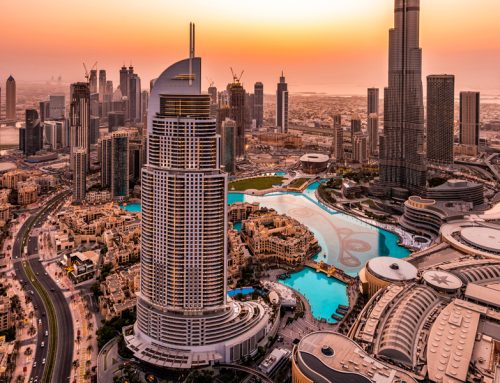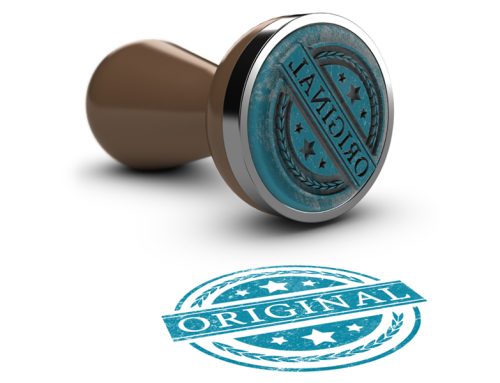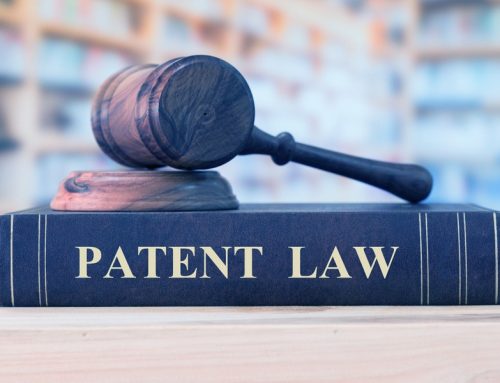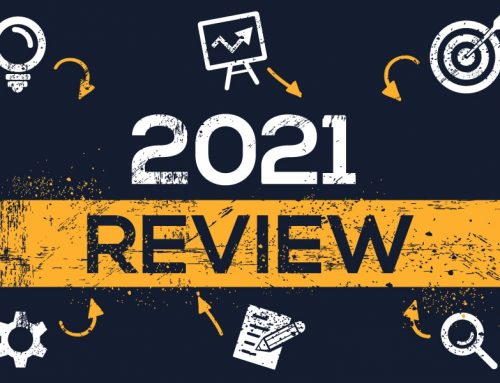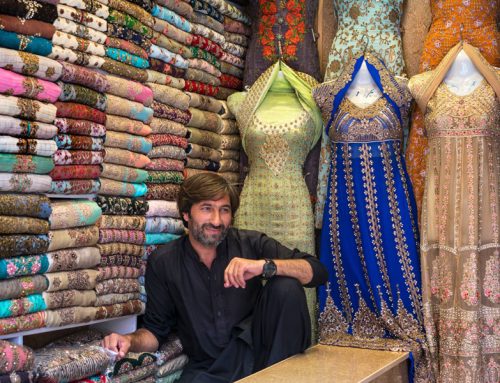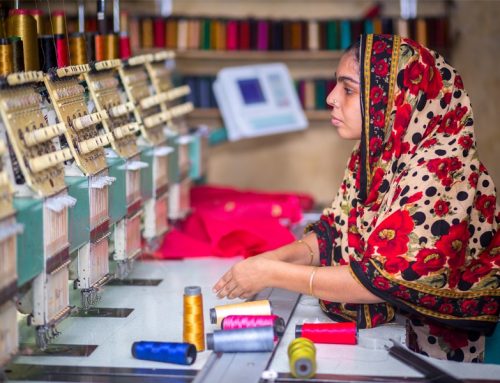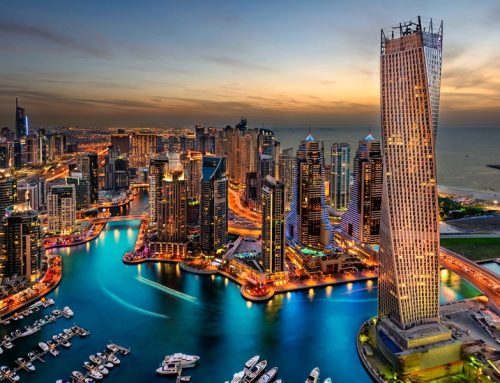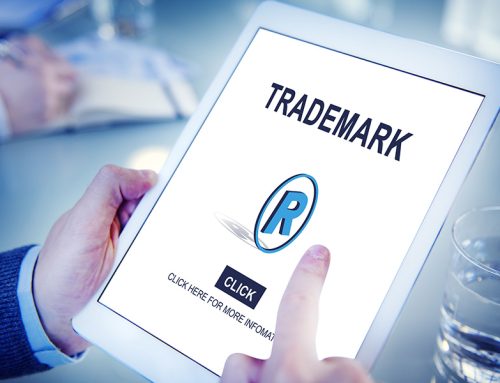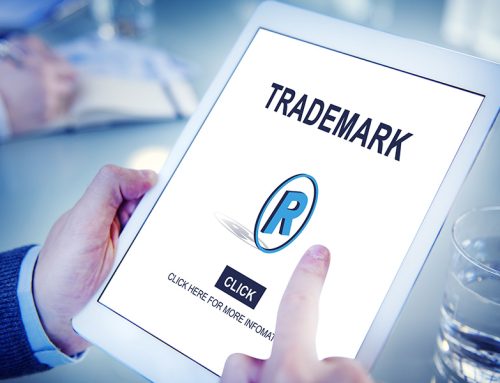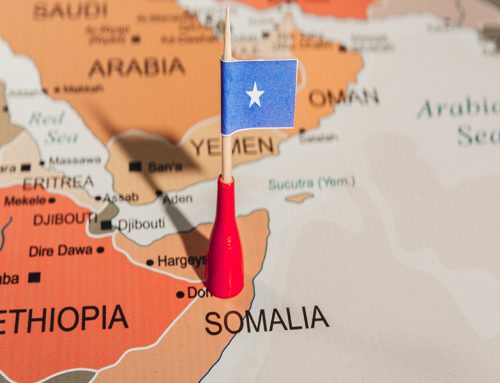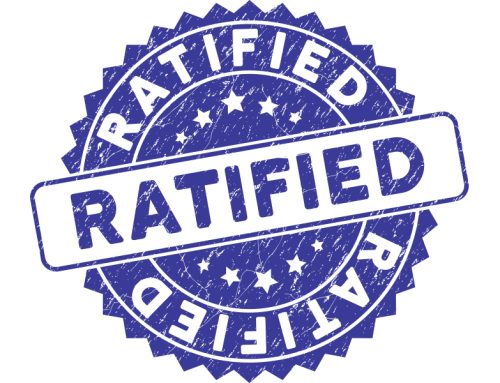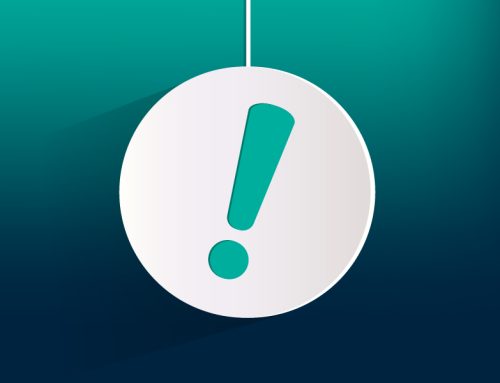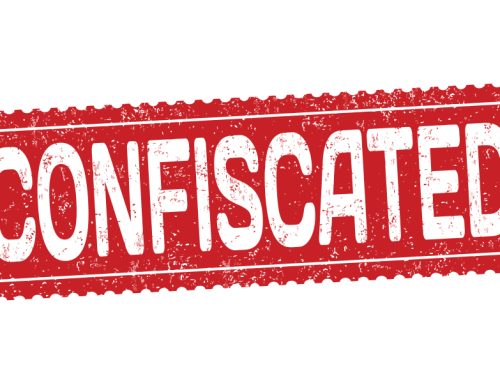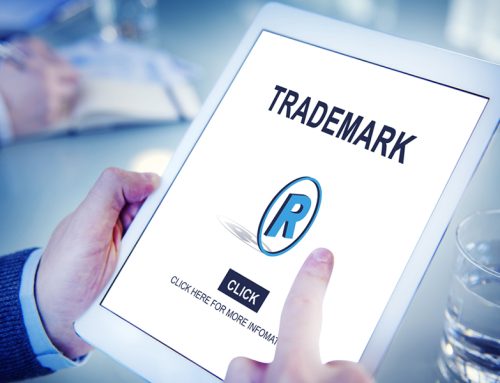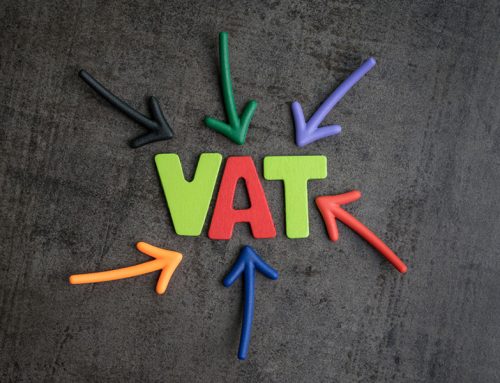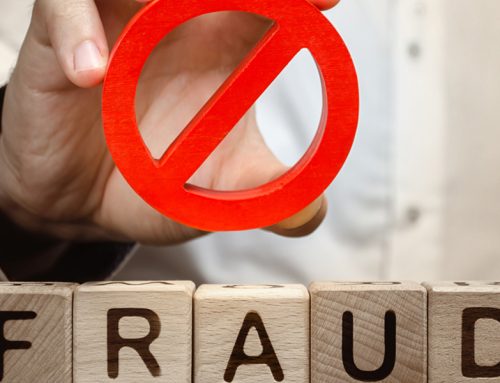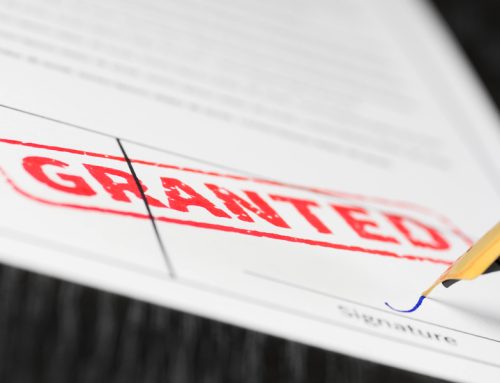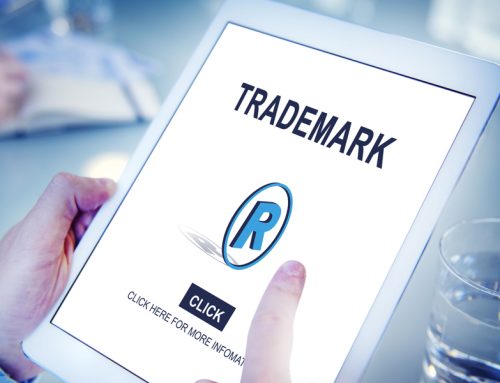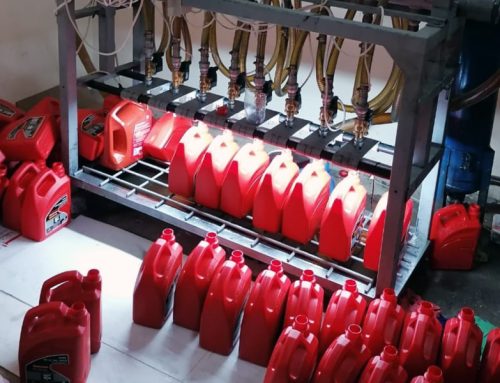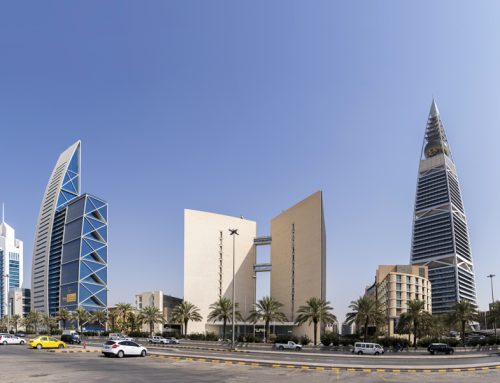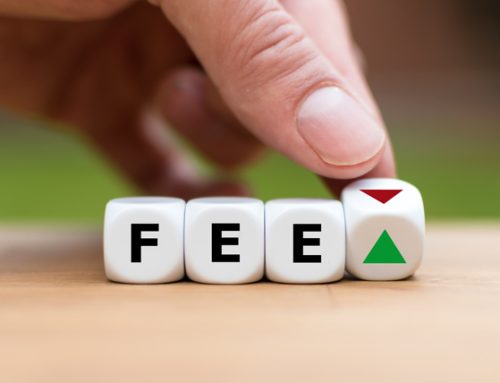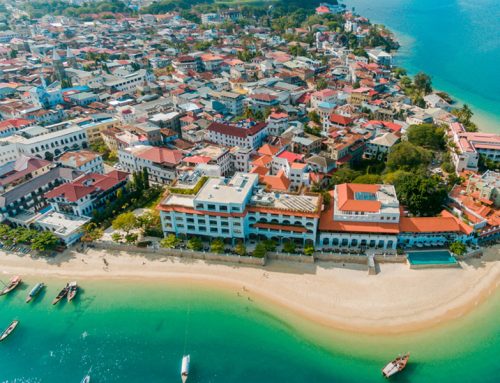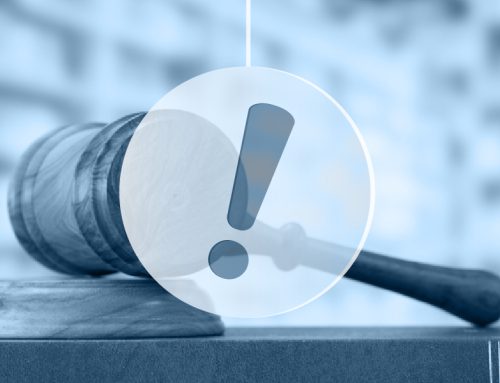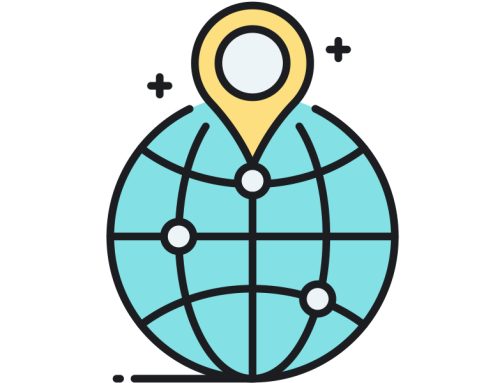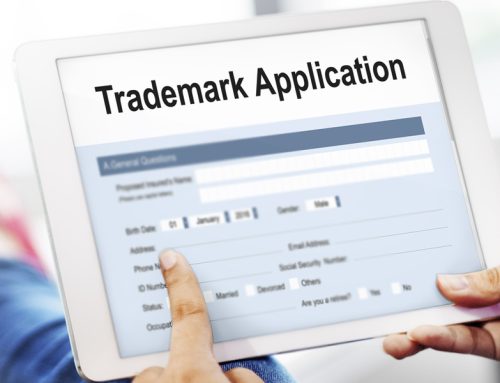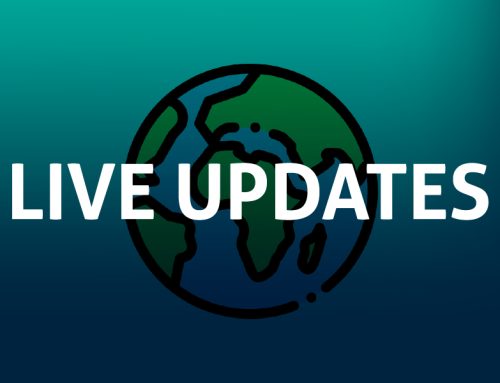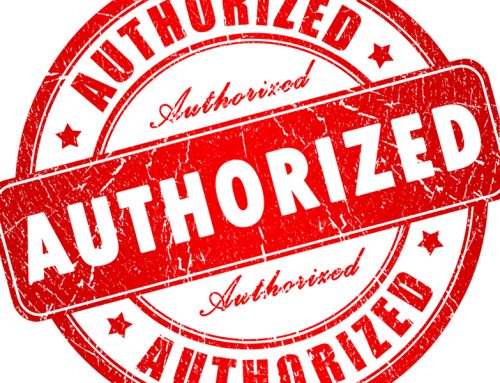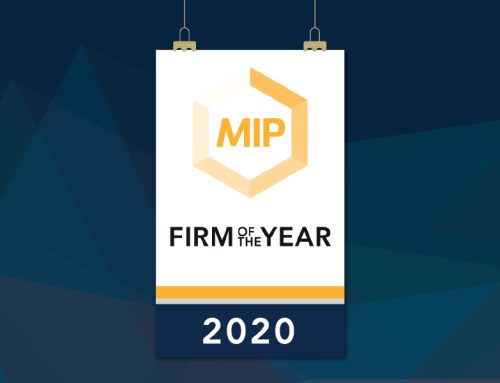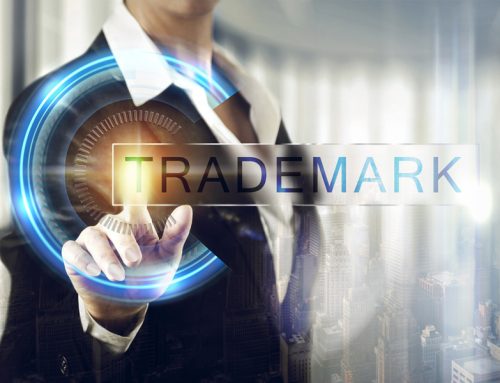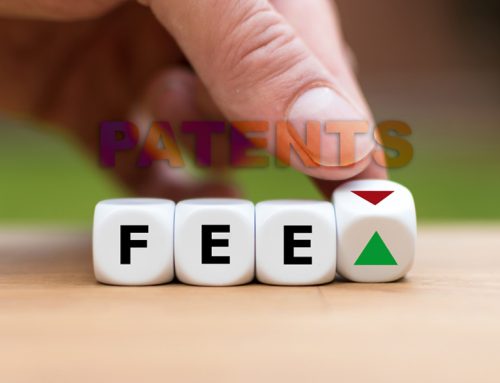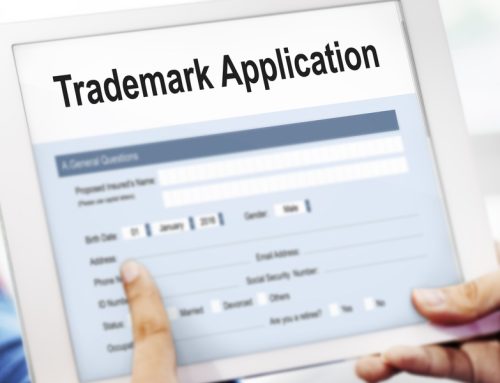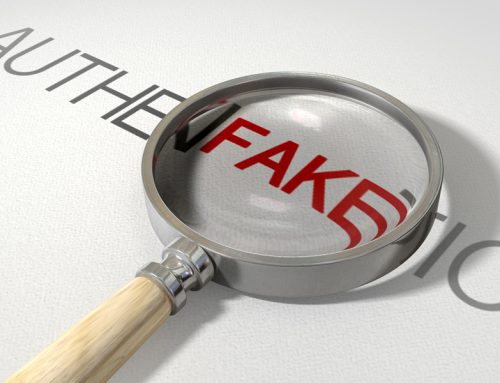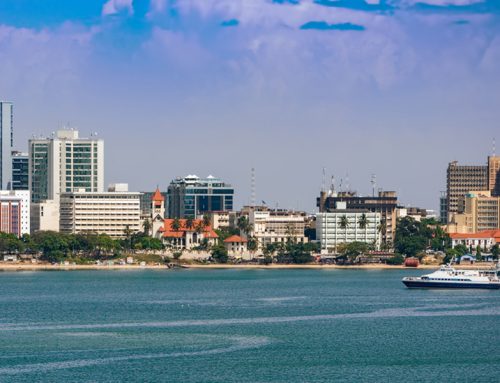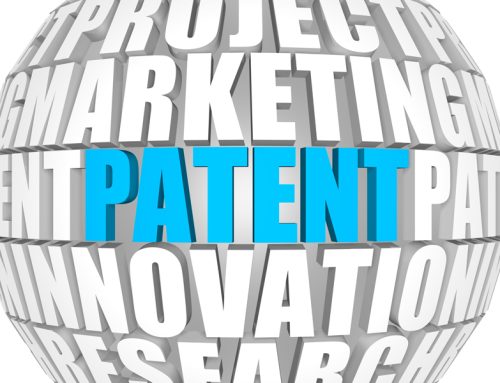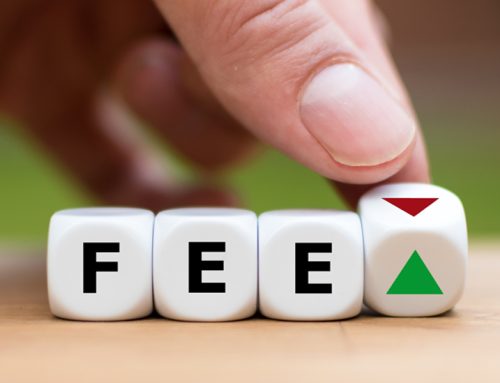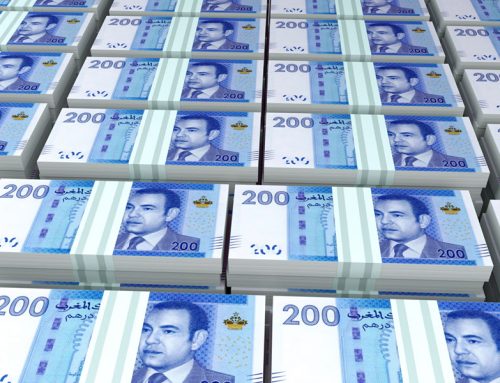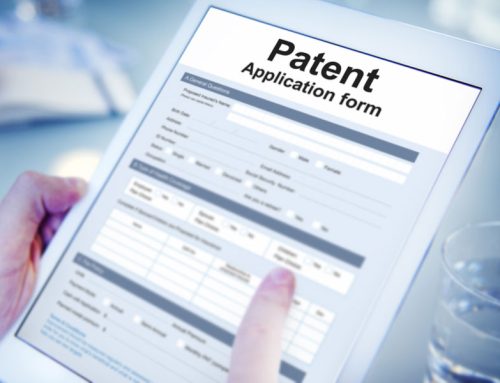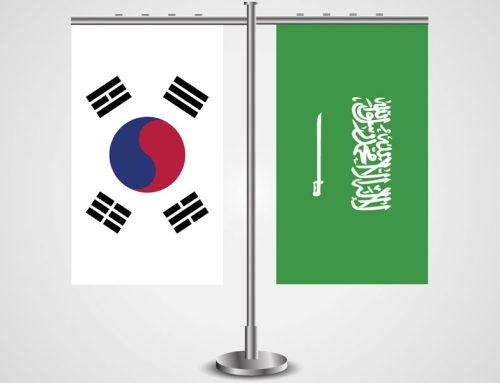Three primary criteria exist for a pharmaceutical company to examine when formulating a marketing strategy; these are as follows: market size and growth, protection of intellectual property rights, and enforcement of said rights. This report attempts to provide an insight into these criteria as they relate to the Middle East and North Africa market.
Pharmaceuticals market in the MENA
At close to $20 billion, the pharmaceuticals market in the Middle East and North Africa offers a lucrative opportunity to pharmaceutical companies. Patented drugs make up anywhere from 60 to 80 percent of the pharmaceuticals market in total sales. The general trend is that the richer the country is, the higher the patented drug market share is. It is projected that the total market size will grow to just over $30 billion by 2016, which represents a five-year compound annual growth rate between 2011 and 2016 of over 9 percent. The projected CAGR for developed countries is much lower and declining. The CAGR (2012-2016) in North America ranges between 1-4 percent while in Europe, it ranges between 0-3 percent.
Based on these numbers, the MENA is an exceedingly attractive market for innovator companies to consider when deliberating an international expansion. With patented drug sales of approximately $2 billion and $4 billion, Egypt and Saudi Arabia are the two largest markets. On the other end, the two smallest markets, Bahrain and Oman, have patented drug sales of approximately $0.2 billion and $0.3 billion. These numbers should not come as a surprise since Egypt has the highest population in the region at about 83 million and Saudi Arabia’s is just over 25 million. Similarly, both Bahrain and Oman have two of the smallest populations in the region with approximately 1.2 and 3 million.
In Saudi Arabia, patented drugs account for over 80 percent of pharmaceutical sales, whereas generic drugs account for less than 8 percent. Another example with high patented drug sales is Bahrain, where the numbers in this case are approximately 80 percent for patented drugs and less than 6 percent for generic drugs.
Jordan, on the other hand, is the only country in the region where total sales of generic drugs are higher than for patented drugs. In Jordan, generic drugs account for nearly 50 percent of total sales, whereas patented drugs account for about 33 percent. This is a result of a strong and well organized local pharmaceutical industry and a relatively low healthcare purchasing power. While Jordan’s current patent law provides a 20 year patent-term and a market exclusivity period, one key aspect of the law that alleviates pressure on the local industry is the Bolar exception. This allows firms to develop and test a generic drug during the period of market exclusivity, and thus ensure timely delivery of a generic upon patent expiry. This provision, combined with the highly educated Jordanian pharmaceutical workforce, has also led to an increase in foreign investment in this sector. The Jordanian Patent Law is currently undergoing certain amendments which would create more visibility on the patent landscape in the country for both patent owners and generic pharmaceuticals.
Patenting in the MENA
Over the past several years, almost every country in the MENA region has updated, revamped or introduced new patent laws; with many adopting internationally accepted practices. While in the past only pharmaceutical processes were patentable, it is now possible to patent pharmaceutical products or substances. In most cases, only new chemical entities are patentable, while in others, second medical use or Swiss-type claims are allowed. In some countries, patent term extension is possible if certain conditions are met. Morocco is an example where a supplementary protection certificate is issued for a period covering the number of days of delay in the event of unjustified delays by the authorities in awarding the authorization for marketing approval.
The number of MENA countries with PCT membership is increasing, alongside trade agreements between those countries and the US or Europe. These afford prospects for businesses looking to penetrate new markets with growth opportunities.
Procedures at different patent offices vary substantially. In many countries, substantive examination as to novelty, inventiveness, and applicability is performed locally. In some countries, the same is outsourced to foreign patent offices. What is allowed under each local patent law also varies. In Egypt, it is not allowed to claim method of treating or use of a product, be it to diagnose, treat, or prevent. The Egyptian Patent Office does not even allow Swiss-type claims. Such is not the case in Saudi Arabia where medical use and Swiss-type claims are allowed, while methods of treatment are not.
The third criterion whose value varies between countries and is of high importance has to do with the legal environment. This criterion includes dealing with the ubiquitous problem of counterfeiting and imitators, such as generic brands. Porous borders, as well as inadequate border control, lead to substantial losses in sales and profits. Patent owners may be resistant to registering and penetrating a market where legal recourse against imitators is ineffective or unavailable. If we were to extrapolate on the evolution of the legal enforcement as it applies to trademarks, it is to be expected that the legal environment surrounding patents will follow suit in providing the adequate protection.
Customs in various MENA countries have become very active when it comes to trademarks. In Saudi Arabia, for example, it has become increasingly difficult for an infringer to import counterfeit goods. Customs check the Trademark Office records if they suspect counterfeit consignments. In 2012, concerted efforts and joint planning by the Commercial Anti-Fraud Department and the Customs Authorities led to a successful year in fighting piracy and suspending a considerable amount of counterfeit imported into the country, including pharmaceutical products.
Other countries have updated their laws to better protect the consumer as well as enable rights holders to take actionable measures. In Egypt, for instance, IP Law no. 82 for the year 2002 introduced new provisions on enforcement against counterfeiting. In these provisions the judges have the competence to issue provisional measures such as seizure of goods to determine infringement and preserve evidence. With regards to sanctions, this IP law increased the amount of fines and imposed new remedies. Some of these remedies include confiscation and destruction of infringing goods and the tools or equipment used in the infringement. Enforcement in Egypt was taken further by providing an IP unit in the police force, as well as teams of civil inspectors who are authorized to seize infringing goods from the market.
Navigating the MENA Market
Governments have to find a balance between foreign investments and the protection of their existing industry. In oil-rich countries, such as Saudi Arabia, non-oil industries may be marginal, yet a rapidly growing market exists for the pharmaceutical sector. For oil-poor countries, such as Jordan, the local pharmaceutical industry contributes considerably to the national GDP and plays a pivotal role in keeping healthcare cost low in such an economy. Understanding these dynamics is crucial when building a market strategy – especially in identifying needs for intellectual property protection.
Doing business in MENA countries and sporadic instability may give new players cold feet to enter. Working with a local partner with both local and regional expertise and know-how can alleviate these concerns. With more MENA countries entering into bilateral free trade-type agreements with developed countries, the more inclined they are to amend and adopt new laws.
Whether the goal is to exclude rival innovator companies or to prevent imitators – generics – from entering the market and driving prices down, patent laws and regulations in the MENA region increasingly offer better protection. Through patenting or data exclusivity, innovator pharmaceutical companies today have the option of safely and securely penetrating the rapidly growing market of the MENA region. The necessary laws have been drafted and are being enforced gradually. Amendments to drive foreign investments, as well as enhanced enforcement are being provided as needed. Lastly, the legal environment, while still untested, seems to be maturing in the right direction.
Should you have any questions, or require any additional information, please contact us at news@sabaip.com
